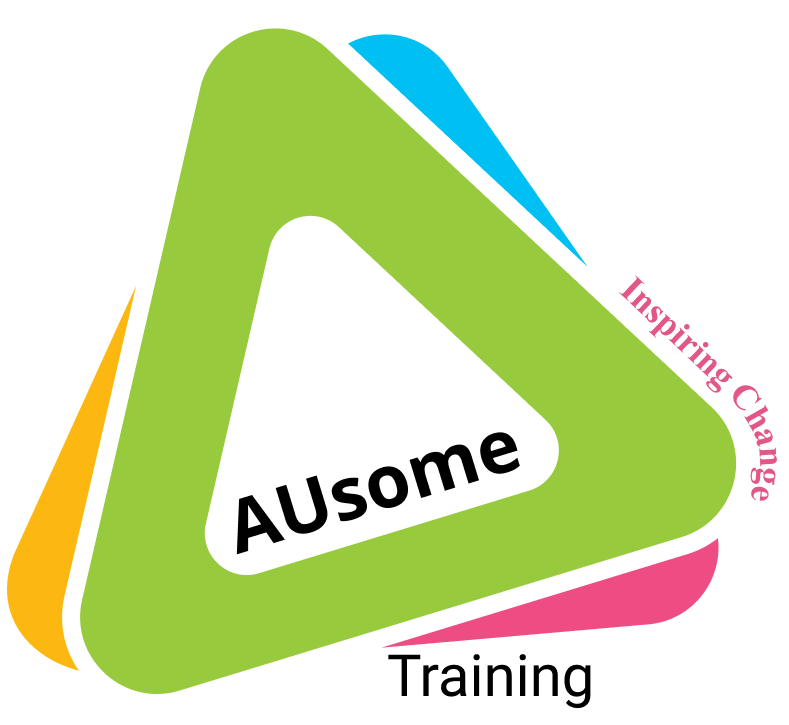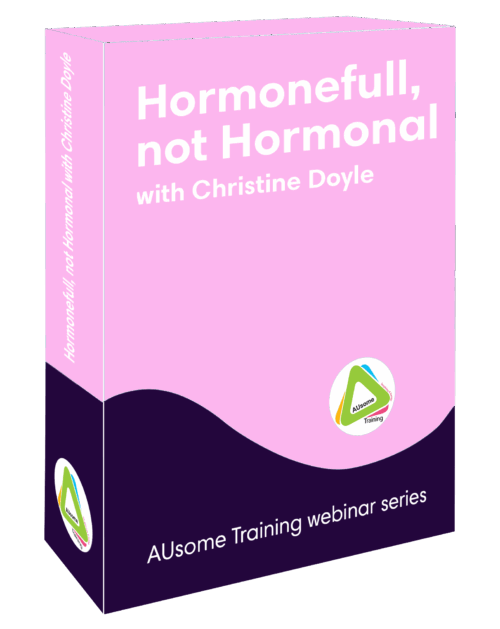with EDS experts Jane Green and Nikki Hughes
duration 2h 10m | for teachers, parents, professionals and Autistic adults.
Jane Green and Nikki Hughes provide a wealth of information on Ehlers Danlos Syndrome, the prevalence of the condition in the Autistic community and how this impacts on physical and mental health.
Drawing on their own lived experience and recent research on the topic, they provide useful guidance on identifying EDS, awareness of the barriers that commonly arise when seeking diagnosis, and information on living well with EDS.
- EDS/HSD definition and prevalence
- Identifying signs of EDS
- Gaining diagnosis
- Living with EDS
- Useful supports
Once you complete this on-demand course you will receive a certificate of completion. Please ensure you enter your name correctly as the name you enter will appear on your certificate. If using this course for a group training please enter the name of the organisation as only one certificate will be provided. If you require additional certificates please email us and we will provide them to you. Individual certs incur an administrative fee of €5 per cert.







